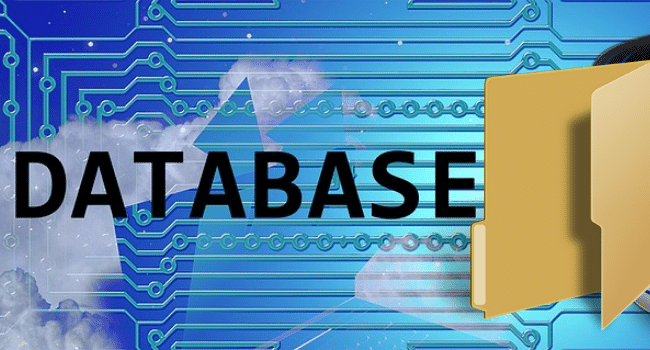Introduction
Production applications usually require the storing of configuration parameters in a database. When you first start a production application and make a new hole request for a database object, you normally name the object in an application level object. Production applications rarely use these application level objects and instead create them as database objects at run time.
You can create multiple table objects for a production application. However, for any object that you operate on, you only need to create a single application level object. As on a SQL Training London.
Basic database operations
The easiest way to understand how SQL queries work is to understand the basic database operations. Imagine a database has two tables:
1) A table for code and 2) A table for data.
code is used to store programs, procedures and functions used to run the application.
code is not relational in nature, so you can have one work table and one data table.
The application queries the database by executing a given set of queries given the inputs and targets specified in the query.
Logic is used to decide which query is processed first. This is determined by bumping into an innate database structure called a join. A join is a table which joins another table based on some criteria. For example, a join might include People and Product objects both of which represent people and products respectively. The product object might be joined with the people table as an index. In this manner the query optimizer decides which query to execute given the inputs and targets.
Data is the actual data stored in tables.
Configurations
Application level configuration is done at application level and supports connections to DBMS. The object level configuration is done at the object level. Some examples of object configuration are done at program level using parameters, variables or indexes. This is an intrusive use of object configuration and is not part of controller logic.
The boundaries
Two tables are used to create a transaction object in all SQL® databases.
1) One to create a snapshot of the state of your application, 770
2) The other to create a Commitment in the snapshot, namely Select resolves and ALL other resolves.
Snapshot
Save a copy of all objects in your database before you make any changes. You should aim to save a copy in an addon table.
Commitment
additions to your database, including tables, views, indexes, functions and aliases
SIW relation ( injection)
Referential Integrity Worksheet
Support tables, columns, binders etc.
Support user defined macros and functions
Object level configuration
Local variable and instance variable parameters
Remote variables and instance parameters
Data Tab
Create new tableAdd new column to the tableDelete row from tableDelete column from table
From the Table B RMINFERSSynopsis, where B ROK foreach index column DEXYZ where B and DXZ are indexes
(Robust RDBMS)
Execute B * CResults setting for B* ( Baseref:B )
Execute B * C Results setting for C Results
Execute B * BP ( Founded Temporary Table Backup)
Prepare B * FI ( froxtbl table)
Thunderbird 3.0, by default, uses a FAT32 file for communicating with the mail server. If the FAT32 file fills up, you will receive an error message when you try to create a mailbox. There are a few different FAT32 formats available, depending on the version of Thunderbird you have installed. It is also possible that corruption in the FAT32 file might render the database unusable.
You can convert an FAT32 file to an ALN 32 file, or a SAFE file, which works much like a FAT file. However, as one would expect, converting a FAT file to a SAFE file is not always easy, and it can involve a number of actions to successfully complete the conversion.
Some amongst those converting from FAT to ALN might find that some FAT32 files seem to never convert properly, and they may wish that there was a way to convert them safely.
While Windows might have a conversion utility, it is fairly complicated to use, and it does not exactly feel like a Unix OS.
Why not check out Unix File paths?
There is a conversion utility that will convert Unix file paths to Windows file paths with a few clicks of the mouse.
You can convert a FAT file to an ALN file, or a SAFE file, or a NTFS file path with one click.
You can convert a FAT file to a NTFS file path without even having to install anything.
Customizing Windows Explorer
It is also possible to customize the look and feel of Windows Explorer to suit ones own personal needs and desires.
Read More on KulFiy:
